The Spherocylinder (Capsule) Load Weight calculator computes the weight of the loaded in capsule shaped container, also known as a spherocylinder. 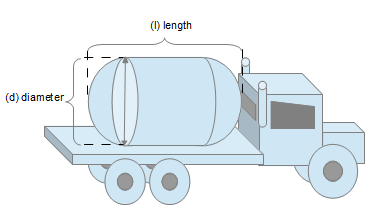 Capsule or Spherocylinder Container
Capsule or Spherocylinder Container
INSTRUCTIONS: Choose units and enter the following:
- (l) Length
- (d) Diameter
- (mD) Mean Density of contents of the capsule.
Capsule Load Weight (W): The calculator returns the load weight in pounds. However, this can be automatically converted to other mass or weight units via the pull-down menu.
The Math / Science
CONTAINER SHAPES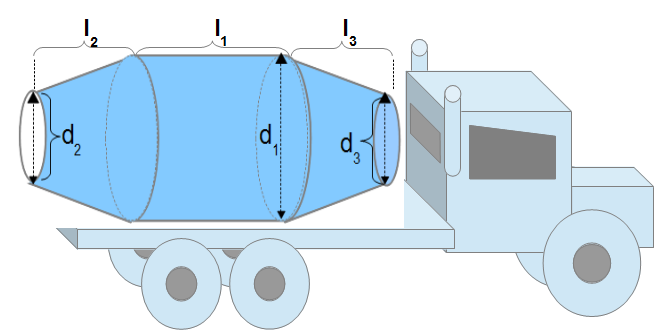 Conic Cylinder
Conic Cylinder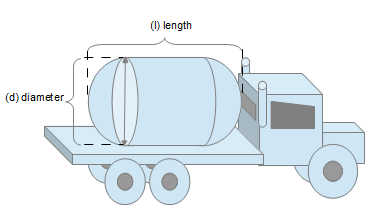 Capsule Shaped
Capsule Shaped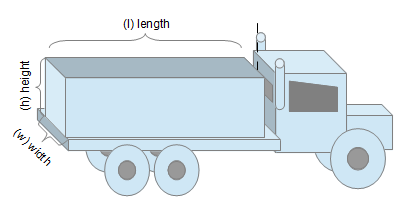 Box Container
Box Container 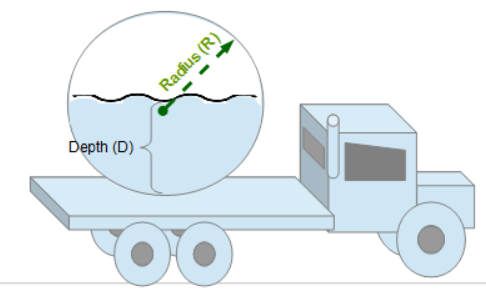 Spherical Tank
Spherical Tank
The load weight is measure by calculating the volume and then multiplying volume by the mean density of the substance being carried. See diagram
Mean Density Table
| Common Mean Densities in Kilograms per Meter Cubed (kg/m3) | ||
|
Fluids
Fuels
Market-Ready Grains |
Metals
|
Earthen
Synthetic
Organic
|
| Mean Density Lookup Function | ||
Mean density is scientifically volume divided by mass. There are various unit for density adopted by cultures and industries. Common units for density included the following:
- kilograms per cubic meter (kg/m3)
- grams per cubic centimeter (g/cm3)
- grams per liter (g/L)
- pounds per cubic feet (lb/ft3)
- ounces per cubic inch (oz/in3)
- pounds per barrel (lb/bbl)
- pounds per bushel (lb/bu)
If you want to identify a material by its density, use the Density Within Range tool.
Other Container Calculators
For similar calculations with other shaped containers, click on the following:
- Volume of a Conic Cylinder
- Load Weight of a Conic Cylinder
- Volume of a Capsule (Spherocylinder)
- Load Weight of a Capsule (Spherocylinder)
- Total or Partial Volume of a Box (Rectangular). For the partial volume, simply use the depth of substance in the container instead of the total depth of the container.
- Total or Partial Load Weight of a Box (Rectangular). For the weight of a partial load, simply use the depth of substance in the container instead of the total depth of the container.
- Volume of a Spherical Container
- Total or Partial Load Weight of a Spherical Container. For the total load weight, simply indicated the same value for the measure depth (D) of the substance to equal twice the radius (R) of the container. (See diagram)
- The mean density of many substances, CLICK HERE.
The Mean Density of many substances (metals, mineral, chemicals, gases, woods, agricultural products, liquids and types of earths) can be looked up by CLICKING HERE.
Or you can see these formulas and other useful measurements all combined in one TRUCKING calculator.
